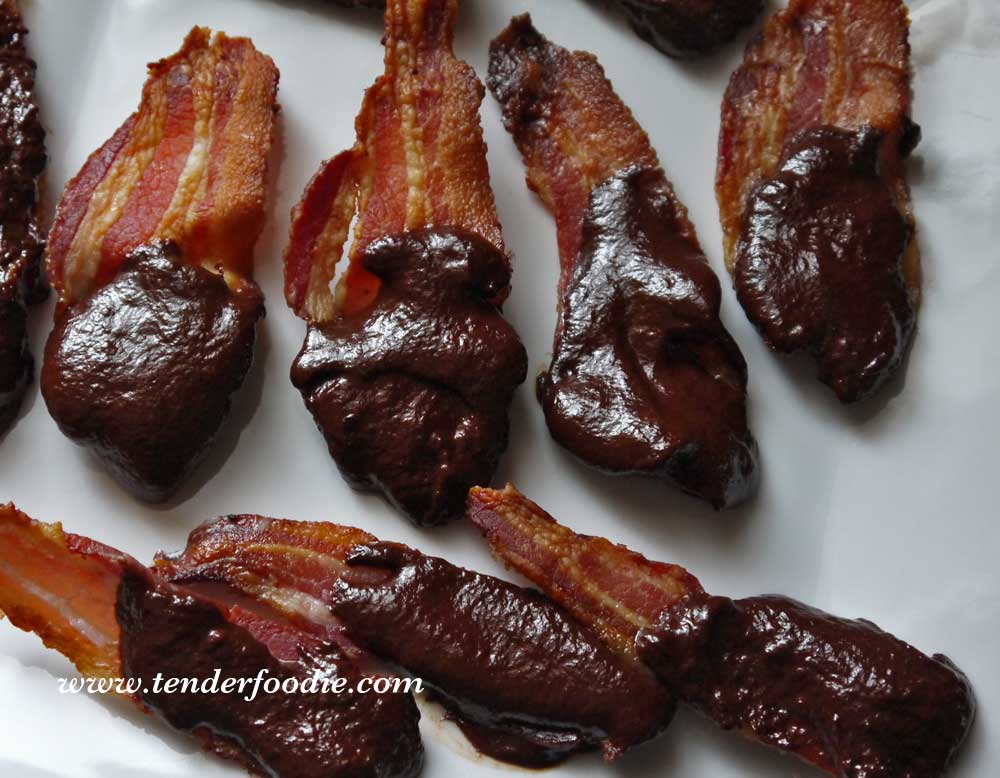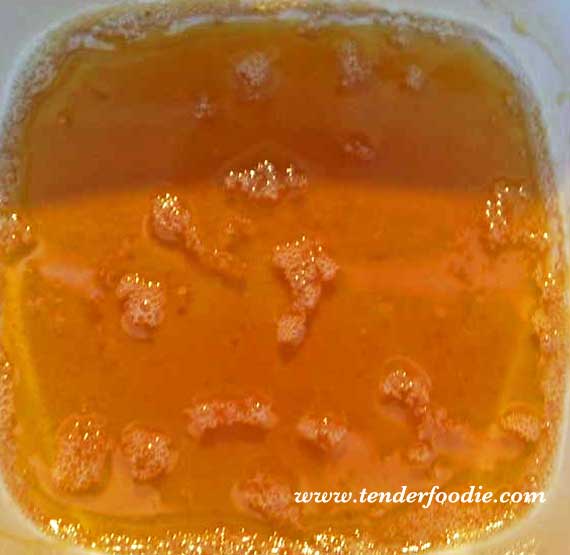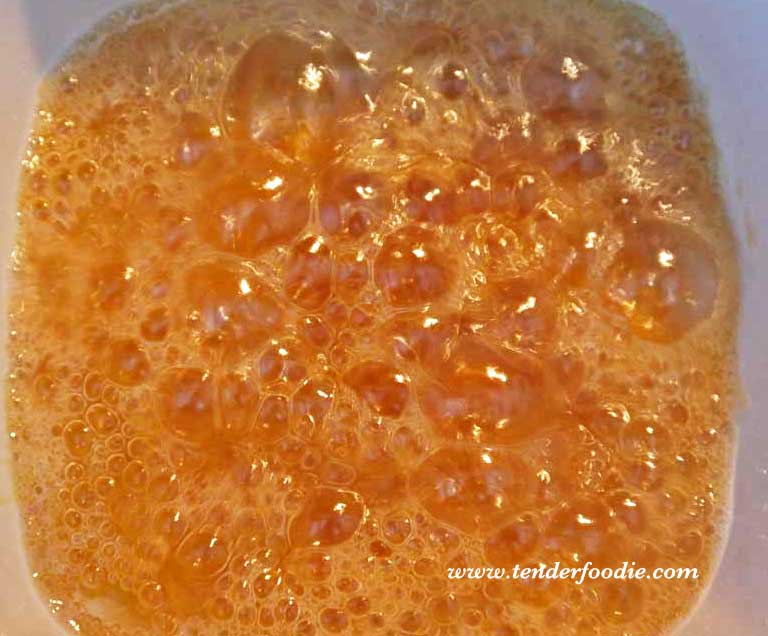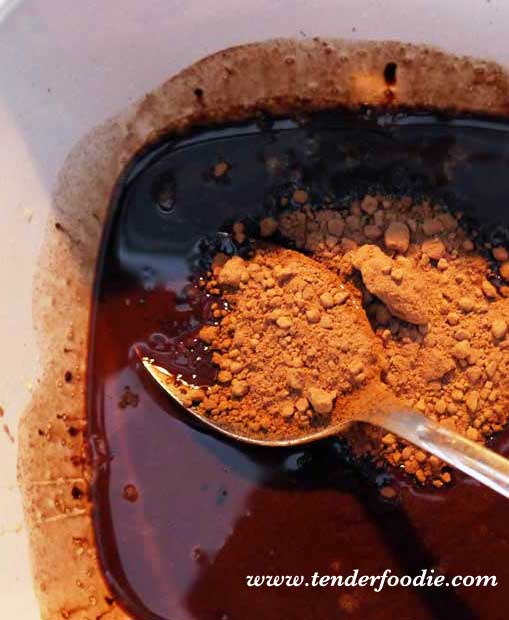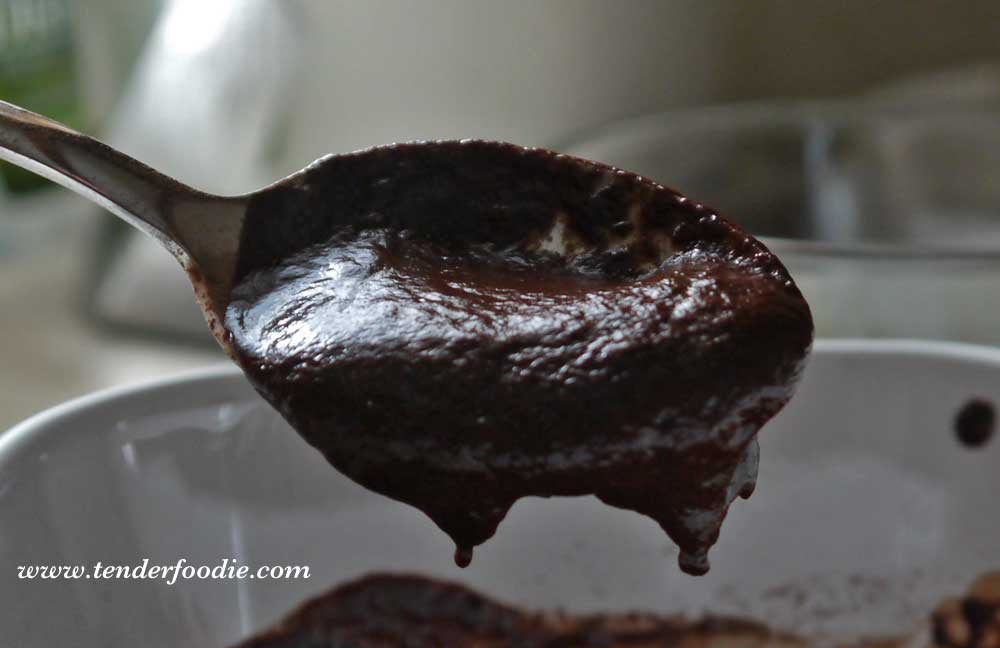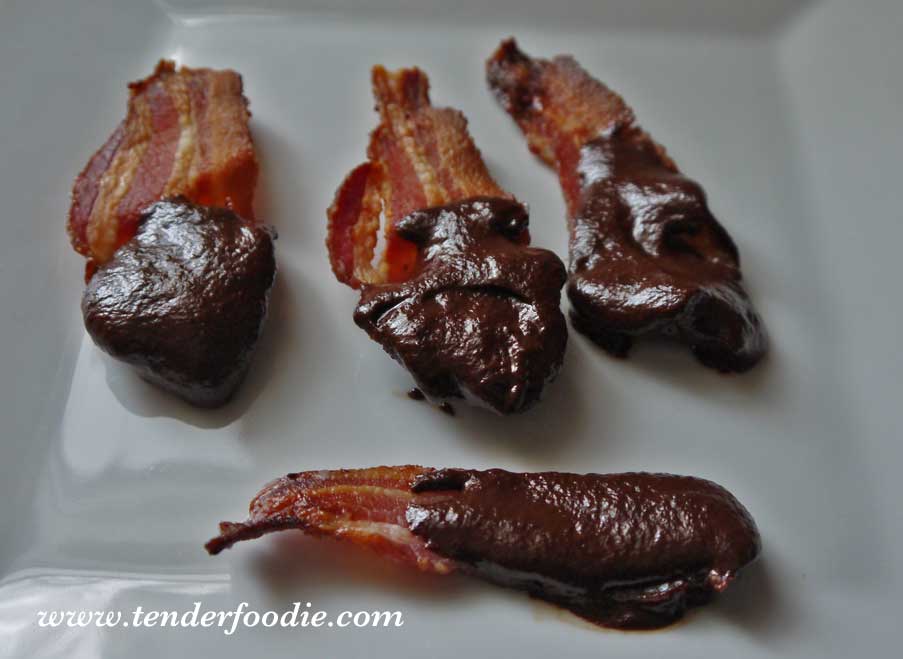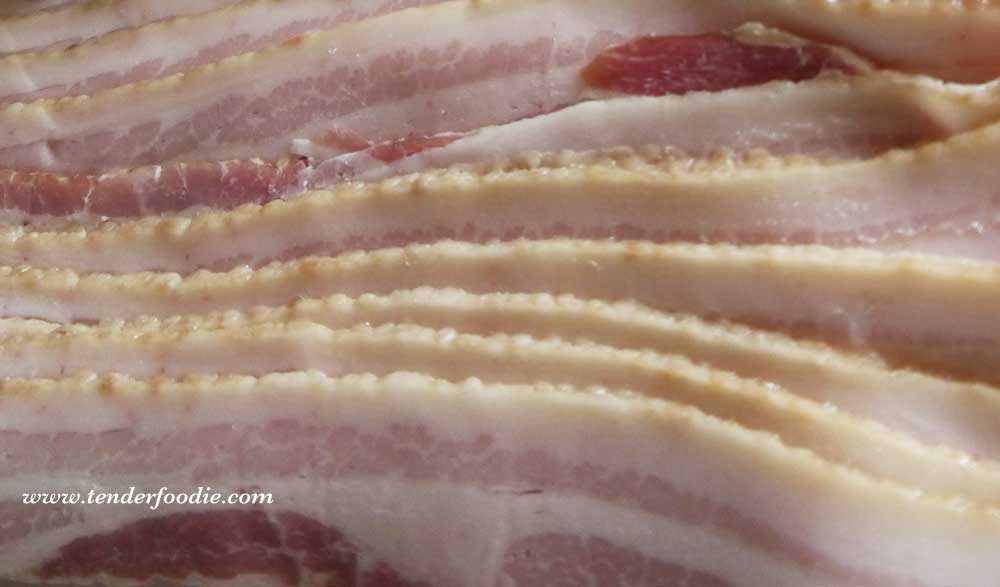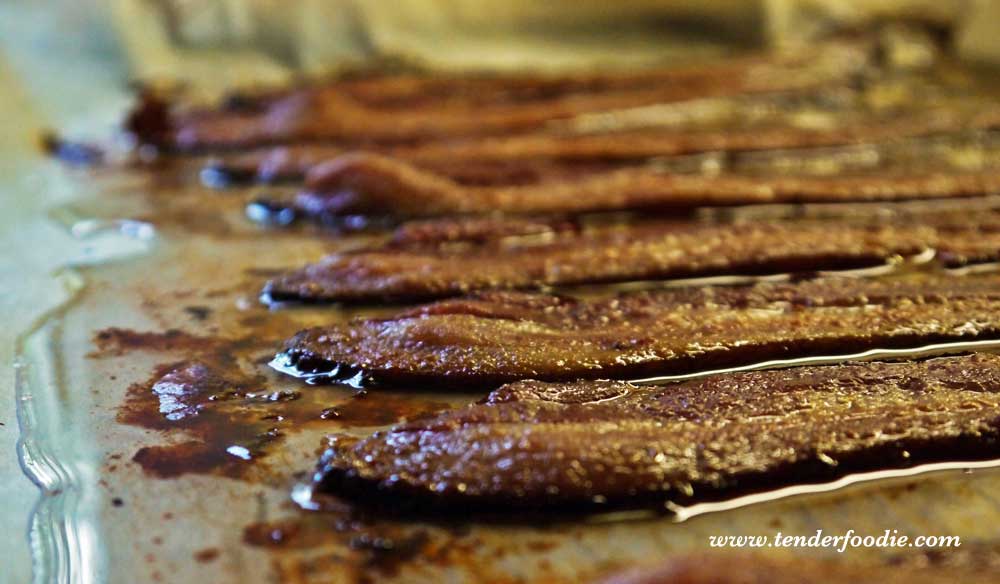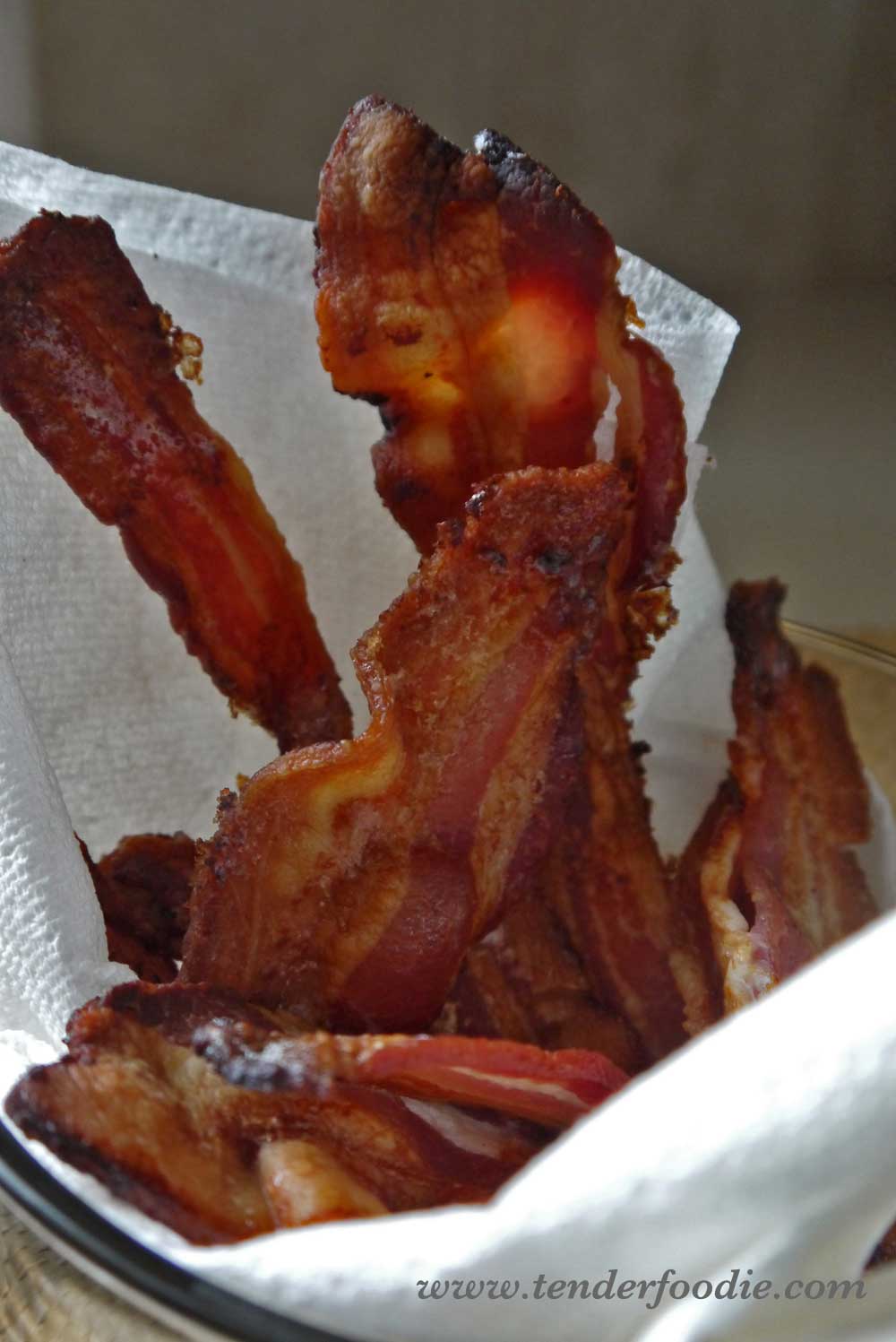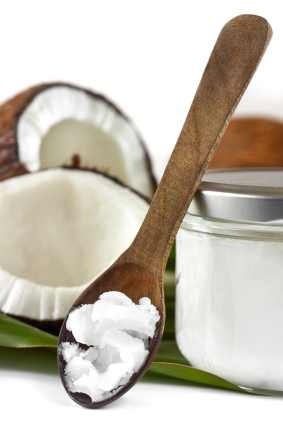New Study Needs Participants to Help Researchers Predict the Onset of Celiac Disease & Uncover How Gut Bacteria Influences Autoimmunity
 Tuesday, April 22, 2014 at 10:48AM
Tuesday, April 22, 2014 at 10:48AM  Elisabeth Veltman, The Tender Foodie tagged
Elisabeth Veltman, The Tender Foodie tagged  Center for Celiac Research,
Center for Celiac Research,  Dr. Alessio Fasano new research,
Dr. Alessio Fasano new research,  Harvard Medical School,
Harvard Medical School,  Massachusetts General Hospital for Children,
Massachusetts General Hospital for Children,  enrollment in new study,
enrollment in new study,  infant study in celiac and gluten,
infant study in celiac and gluten,  new research gluten
new research gluten  Email Article
Email Article  Print Article in
Print Article in  Doctor Visits,
Doctor Visits,  Parents/Kids,
Parents/Kids,  Research
Research  By Elisabeth Veltman, The Tender Foodie
By Elisabeth Veltman, The Tender Foodie
The Center for Celiac Research at Massachusett's General Hospital for Children (MGHfC) and Harvard Medical School has just announced a new and exciting study into celiac and autoimmune disease and enrollment is now under way.
It is an international, observational study, and world renowned researcher, Alessio Fasano, MD and his team are looking for 500 little participants from the United States and Italy. Infants 6 months of age or younger, with a first degree relative who has celiac disease (mother, father, sibling) can participate through the Center’s clinical research study called “CDGEMM,” which stands for Celiac Disease, Genomic, Environmental, Microbiome and Metabolomic Study. This isn't just incredibly exciting for those with a predisposition to celiac disease, it is exciting for all of us.
Here's why.
When I first interviewed Dr. Fasano in 2011, he had recently published his discovery of a new type of immune response to gluten, called "gluten sensitivity." He taught us many things in that series of interviews, including the latest algorithm in testing for celiac disease, which has improved the accuracy of diagnosis, and has also helped people avoid a painful, and sometimes unpredictable biopsy of the small intestine.
He also noted how research into our immune reaction to gluten is essential for every human on the planet right now:
- First of all, no human being has the enzyme to digest gluten (read more).
- Second, our antiseptic, pesticide loving world may be killing off important bacteria that helps most of us turn off any reaction to the undigested gluten particle (read more). The killing of our "microbiome" could be one reason why everyone in your posse has "suddenly" come down with mild to serious symptoms when consuming gluten-laced foods.
- Third, since celiac Disease is the only autoimmune disease that has a clear trigger (gluten), scientists may be able to learn how to better treat, cure, or manage other autoimmune diseases, like diabetes, multiple sclerosis, and rheumatoid arthritis through research on celiac disease (read more).
- In our latest interview (TB Published April 26, 2014), Dr. Fasano mentioned the microbiome's importance to our brain health and also mentioned this CDGEMM study (here is the paper).
The study will seek to uncover how celiac disease can be predicted before it begins, through changes gut bacteria and other means. This is vitally important for those with celiac disease and the serious complications that can arise from late diagnosis. Children with a first degree relative have an 8-15% chance of developing celiac disease themsleves, and the rest of the population has a 1% chance. 1 in 133 people have celiac disease in the U.S. right now. Although not an autoimmune disease, gluten sensitiviy is an immune reacton and 24 million people are suspected of being on the gluten sensitivity spectrum with mild to serious symptoms.
“Celiac disease is a very complex disorder that can affect many different systems in the body. Along with environmental and genetic factors, we think that the microbial colonies these babies have in their gut are very significant in the pathogenesis of celiac disease and possibly other autoimmune disorders. . .”
". . . When we realized that we might be able to pinpoint a biomarker that predicts which one of these infants might develop celiac disease or type 1 diabetes, it was not such a far leap to see that this could possibly play a role in the prevention of autoimmune disorders. By expanding the study, we’ll be able to take a really in-depth look – both in terms of the magnitude of the microbiota and the length of our study – to examine the genomic, environmental and metabolomic factors that precede the onset of celiac disease.”
~ Alessio Fasano, MD, director of the Center for Celiac Research and division chief of the Division of Pediatric Gastroenterology and Nutrition at MGHfC, the principal investigator of the study
In plain English, this study will be very strategic, and encompass many factors including environment, genetics, gut health and bacteria, and metabolomics (involving the chemical processes of our metabolism). As with many studies, scientists embark with an objective, but when a clear strategy like this is involved, scientists can develop a relationship to our every day lives, as well as find some intriguing and unexpected results.
The research team includes:
- Alessio Fasano, MD
- Maureen Leonard, MD
- Mark A. Salvatore, MD
- Martha (Pacetti) I. McInnis, RN, MSN, CPNP
- Pam Cureton, RD, LDN
- Gloria Serena
- Craig Sturgeon
- Stephanie Camhi
For general questions about the CDGEMM study, email CDGEMM@mgh.harvard.edu. To enroll, or inquire about enrollment, please contact a participating center nearest you. Read the press release here.
You can also download an informational pamphlet with a few more details here.




